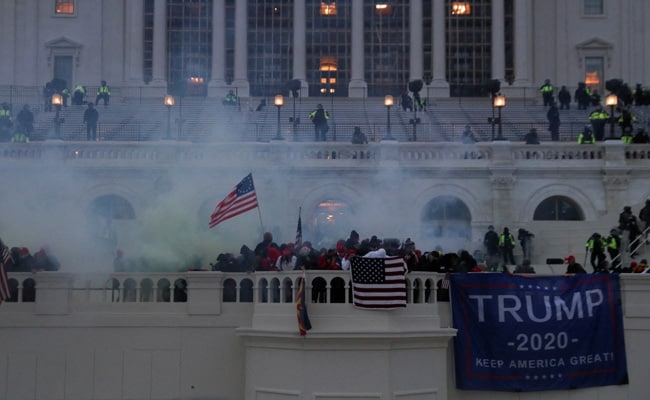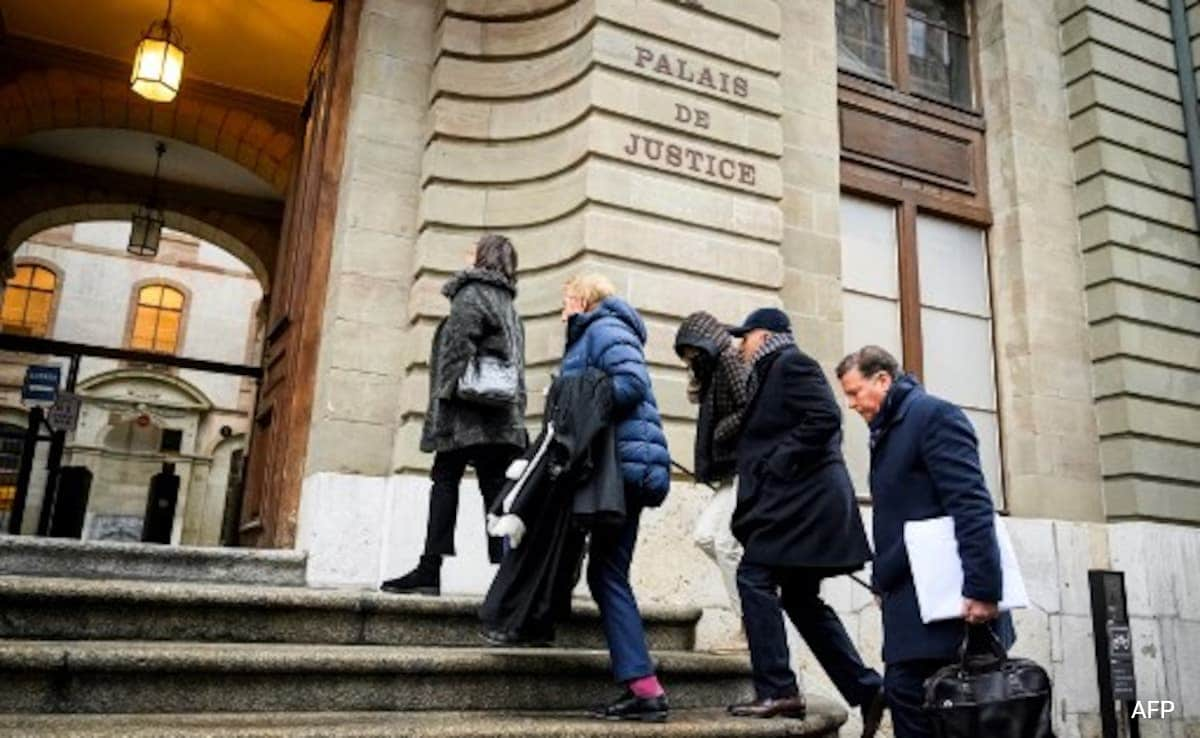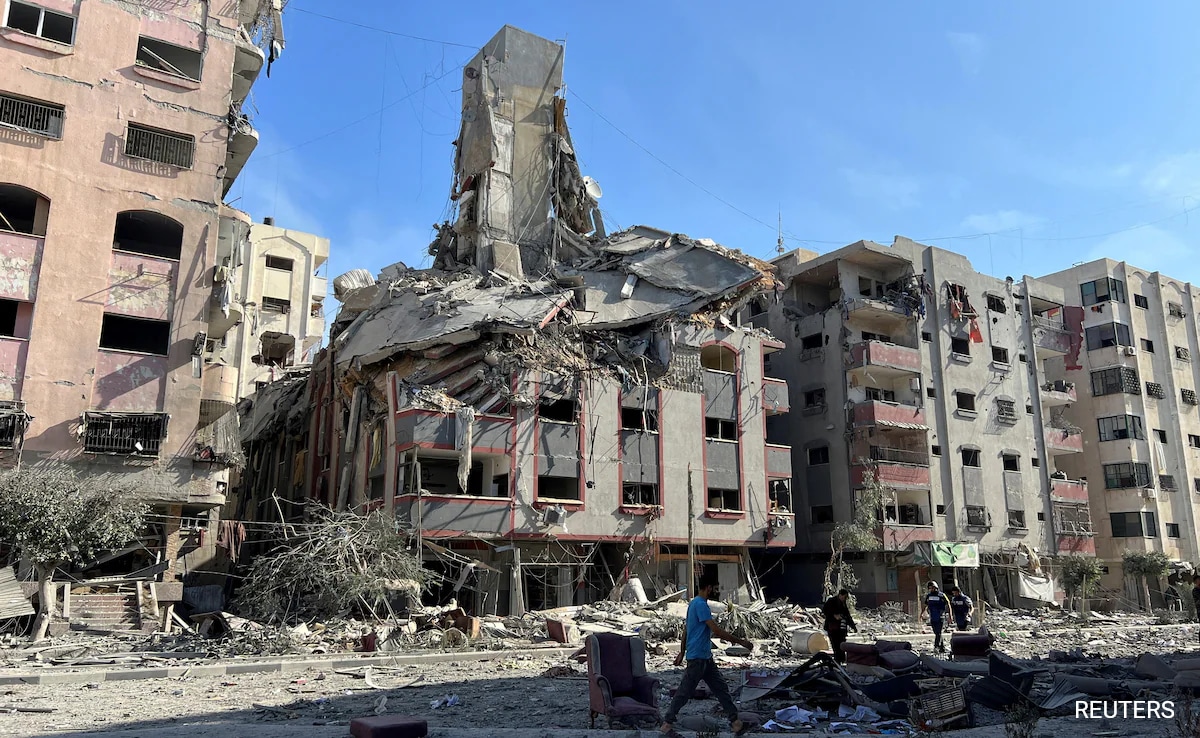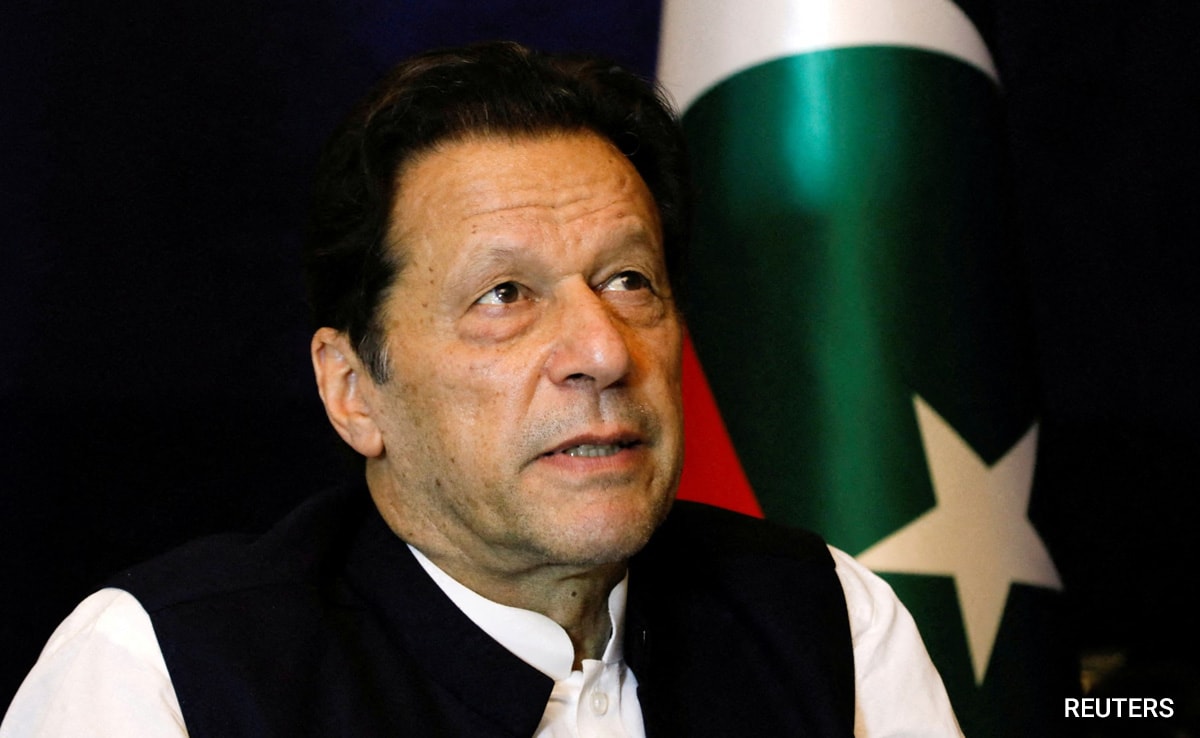This week we are going to look at India’s ties with its near neighbours to the East- ASEAN countries, and particularly his visits this week.
The visit was part of a number of outreaches to the region in Modi’s new term:
– Modi has visited Brunei and Singapore, was due to visit Thailand for the BIMSTEC Summit which was cancelled as the government there was dismissed. He will travel to Laos in October for the ASEAN-India summit and East Asia Summit.
-New Delhi has hosted the PM of Vietnam Pham Minh Chinh and the PM of Malaysia Anwar Ibrahim in the past three months
-President Murmu travelled to Timor Leste on a visit to New Zealand and Fiji
In Brunei, the first bilateral visit by an Indian PM, Modi and the Sultan of Brunei discussed a number of issues, including:
1. Strategic issues and enhancing defence cooperation. At present they are not strategic partners but do participate in military exercises and are working on a Joint working group to institutionalise the relationship. More importantly, Modi took aim at China given its disputes in the South China Sea with Brueni and other ASEAN partners.
2. An MoU renewing space cooperation including research and training, also Brunei hosts at Telemetry Tracking Command Centre for ISRO
3. Increasing energy supplies from Brunei, which have dropped sharply as India has bumped up its intake of Russian oil. They discussed a long term contract for LNG
4. And Trade- where despite India’s trade with other ASEAN countries doubling in the past decade, trade with Brunei has actually declined- from hovering around US $500mn, it is down to about $200 million last year. In comparison, China-Brunei trade stands at about $3 billion.
Modi’s visit was a study in contrasts- given his next trip was to Singapore. PM Lawrence Wong was only sworn in a few months ago, compared to the Sultan of Brunei who is the world’s longest serving monarch- in power since 1967.
1. Singapore is India’s biggest trade partner in the ASEAN grouping with bilateral trade at about $35 billion, which has seen a 2.5 times increase since they signed the CECA agreement in 2005. About 9,000 Indian companies are registered in Singapore-
2. SINGAPORE is also India’s biggest source of FDI globally – cumulative $160 billion since 2000, although levels dropped a sharp 30% last year. More in an interview I did with Singapore FM Balakrishnan
3. India and Singapore have the strongest strategic partnership amongst ASEAN countries, highest number of military exchanges and exercises
4. The highlight of the visit was the signing of a Semiconductor Ecosystem partnership, along with MoUs on digital cooperation, health and skill development. Modi also visited Singapore’s AEM factory.
-Semiconductors are used in all electronic devices- crucial for India’s growth as a high-tech manufacturing hub
-Singapore produces 10% of semiconductors worldwide a $588 billion industry worldwide, and is a major player in IC design, packaging and wafer fabrication- an industry it has built up over 6 decades
-With land and labour issues, and US-China contestation, Singapore is looking to diversify its Semiconductor manufacturing and invest in other countries, at a time India is seeking semiconductor investment.
-The MoU says both sides seek resilient semiconductor supply chains, in a reference to de-risking US China rivalry for the region, including the US’s protectionist moves and China’s predatory practices.
What are the challenges for India in its outreach to the east?
1. India has opted out of the ASEAN-led RCEP agreement in 2020, which has not just disappointed those countries, it has led to questions about India’s reliability in negotiations
2. India’s trade with ASEAN nations has grown to $120 billion last year, but ASEAN’s largest trading partner remains China with about $722 billion in bilateral trade and $440 billion with the US in 2022
3. Maritime connectivity to ASEAN countries is historic, but India remains hampered on land connectivity due to tensions in the North East and in Myanmar which connect India on the proposed tri-nation highway to South East Asia.
4. India has also taken a divergent position on engaging the Myanmar military junta post-Coup from ASEAN position, and invited its Minister to the BIMSTEC summit, which ASEAN doesn’t.
5. Even though the region hosts many US bases, ASEAN countries have adopted a more cautious approach on Chinese aggression against Taiwan, and on India’s participation in the Quad. New Delhi will have to coordinate its strategic position carefully if it means to stick to its motto of “ASEAN centrality” in the Indo-Pacific.
6. Communal tensions in India have been met with rising concerns in several ASEAN countries including Singapore, Brunei, Indonesia and Malaysia – that are also multicultural, multireligious and have large Indian diaspora.
WV Take: India’s ties with ASEAN countries date back more than 10 centuries, with engagement on trade, culture, religion, and people migrating there. India has made many restarts on its ASEAN engagement, from the Look East in the 1990s to Act East in 2015- but until it breaks the cycle of neglecting the region when other issues come up,it will be hard to sustain the obvious advantages of cooperation with them. Above all India could take a leaf from ASEAN success for groupings like SAARC and BIMSTEC.
WV Reading Recommendations:
1. THE ASEAN MIRACLE by Kishore Mahbubani, also Has the West Lost it and Living the Asian Century
2. East Of India, South Of China by Amitav Acharya
3. The Merlion And The Ashoka: Singapore-india Strategic Ties Edited by Anit Mukherjee
4. Thirty Years of ASEAN-India Relations: Towards Indo-Pacific Edited by Prabir De
5. Does ASEAN Matter?: A View from Within by Marty Natalegawa (Indonesian diplomat and former FM)
6. Chip War by Chris Miller
7. When the Chips Are Down by Pranay Kotasthane and Abhiram Manchi
Published – September 06, 2024 07:57 pm IST













